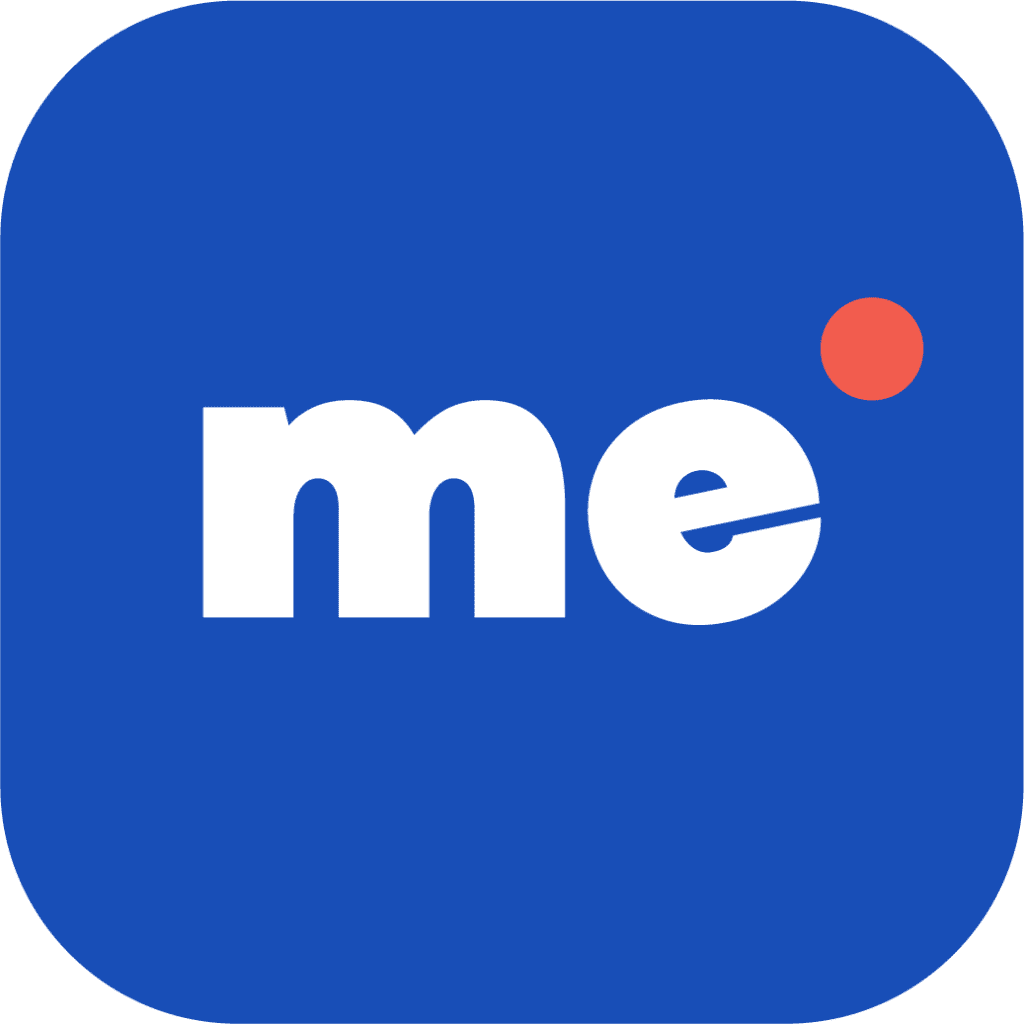Fill your inbox with exciting insights biweekly.
Myth Busting the Instagram Algorithm

Tricia Lim



Tricia Lim
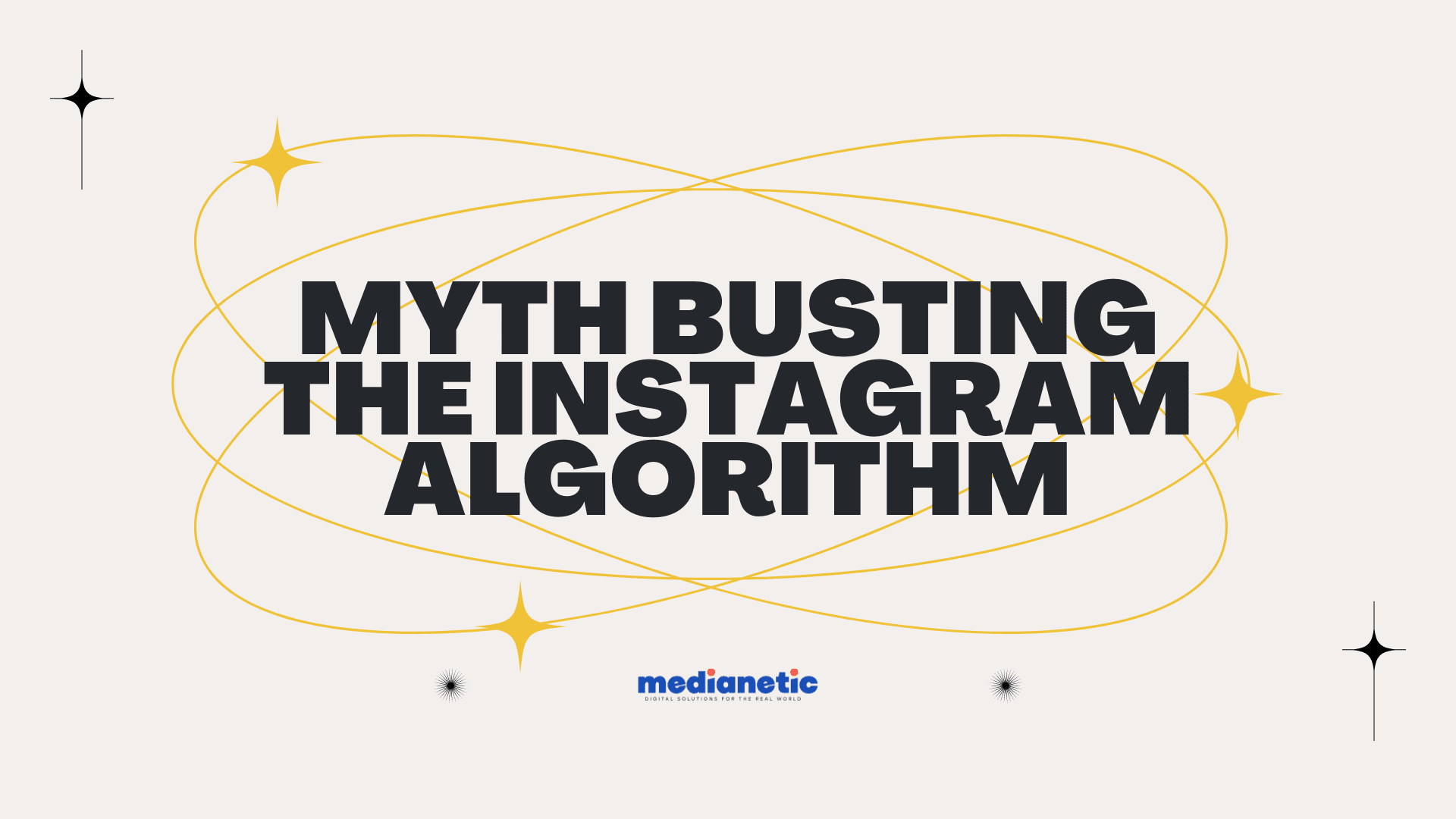

Instagram algorithm is often misconstrued as one algorithm. According to Adam Mosseri, the Head of Instagram, it’s actually made up of a variety of algorithms, classifiers, and processes. All of which is designed to personalize the user’s experience in the best way.
Back when it first began, Instagram was made up of a single stream of pictures posted in chronological order. But with the growing volume of content posted, people started to miss out 70% of all their posts in their Feeds (including those from their closer connections). Since then, Instagram has developed the Feed to rank posts based on what users care most about.
Instagram works by taking in information called signals to define how certain content is ranked first to show to their users. These are the main signals across the different content types on the platform:
- What: what type of content do you engage with? Are they content based on your location?
- Who: whose posts are you interacting with?
- How: how are you interacting with their content? How long do you spend on the content?
- When: when has a post been posted?
Table of Contents
How does Instagram work?
Instagram algorithm is often misconstrued as one algorithm. According to Adam Mosseri, the Head of Instagram, it’s actually made up of a variety of algorithms, classifiers, and processes. All of which is designed to personalize the user’s experience in the best way.
Back when it first began, Instagram was made up of a single stream of pictures posted in chronological order. But with the growing volume of content posted, people started to miss out 70% of all their posts in their Feeds (including those from their closer connections). Since then, Instagram has developed the Feed to rank posts based on what users care most about.
Instagram works by taking in information called signals to define how certain content is ranked first to show to their users. These are the main signals across the different content types on the platform:
- What: what type of content do you engage with? Are they content based on your location?
- Who: whose posts are you interacting with?
- How: how are you interacting with their content? How long do you spend on the content?
- When: when has a post been posted?
Each element on Instagram–Feed, Stories, Reels, Explore–works differently as they use their own individual algorithms. For example, users usually watch Stories to keep up with their close friends whilst expecting to find completely new posts on the Explore page. Let’s dive into how each content type works on Instagram.
How Instagram Feed and Stories work
This is where Instagram has gathered that people want to see content from their friends, family, and those closest to them. Hence most of these posts are made up of all the recent posts shared by the people they follow (apart from the occasional ads).
As mentioned before, Instagram uses signals to define how these content are ranked. A few of the top signals across Feed and Stories include:
- Information about the post: Is it a photo, carousel post, or video? If it’s a video, how long is the length? How many likes does it have? When was it posted? Does it have a location tagged?
- Information about the person who posted: How interesting are they to you? How many times have others interacted with this person recently?
- Your activity: what type of content interests you most? How many posts have you liked? Do you spend more time on friends’ posts than others?
- Your history interacting with someone: Do you like and comment on each other’s posts?
The Instagram feed algorithm considers these factors to better predict how likely you are to interact with a post. Moreover, there are five main interactions it takes into account when ranking a post on the Home Feed:
- Time spent on a post
- Comments
- Likes
- Saves
- Taps on the profile picture
The Instagram algorithms also try to keep their recommendations diverse, by not showing too many posts from the same creator in a row.
How the Explore page works
It’s your go-to place to discover new things. The Instagram Explore page recommends content to you based on your prior interactions and it’s mostly made up of content from new accounts. This is where the Instagram Home Feed and Explore feed differ.
Similarly, the Instagram Explore page considers a few top signals before defining which posts to rank and suggest to users:
- Information about the post: how popular is a post? How many likes does it have? And how quickly people are engaging with the post (likes, comments, shares, and saves).
- Information about the person who posted: While they might be completely new to you, if you interact with them, the algorithm will take that as an indication of your interest in that person’s content.
- Your activity: what kind of accounts do you follow? What posts have you viewed? What hashtags do you tend to follow? They’ll likely show accounts based on these.
- Information about search & search results: popularity signals (how many clicks, likes, shares, follows), hashtags used and location tagged. Search results are matched by text. So consider adding strong and relevant captions and hashtags to optimize your content for the Explore page.
How it works is that it predicts how likely you are to interact with the post. Therefore, a few of the important actions in Explore are:
- Likes
- Saves
- Shares
In essence, the Explore page will try to match what users search for to serve them the best and most relevant content.
How Instagram Reels works
As you may already know, Reels are designed to entertain users. And similar to Explore, the majority of Reels suggested to you are from accounts you don’t follow. Much like its other counterparts, Instagram prioritizes Reels content based on what it believes viewers might find entertaining. Plus, with Instagram recently announcing that all video posts will be shared as Reels, it’s essential to understand the importance of creating Reels for your brand or business.
Here are the most important factors the algorithm predicts:
- How likely you are to watch a reel all the way through
- The amount of likes
- Whether it was funny or entertaining
- Going to the audio page (as an indication whether it inspired you to create your own)
The most important signals across Instagram Reels are:
- Information about the reel: What audio did they use? How was the video quality?
- Information about the person who posted: Like in Explore, you will likely see videos by creators you’ve never heard of, but if you interact with them, the algorithm will take that as an indication of your interest in their kind of content.
- Your activity: Which reels have you liked, commented on, and engaged with recently?
- Your history interacting with someone: popularity signals like the amount of likes, shares, and saves that person has determines how compelling their content is.
We recommend following Instagram’s Guide of the Do’s and Don’ts for Reels. Some of which include posting reels that have watermarks or are blurry in quality. Plus it’s also recommended to share your Instagram Reels to your main feed and use relevant hashtags to boost content discoverability.
5 tips to leverage the Instagram algorithms
The key to get with the Instagram algorithm is engagement, whether that’s driving interactions such as likes, comments, saves, or clicks.
1. Get creative and consistent with Instagram Reels
There’s no running from Instagram Reels now. With all video formats merging into the Reels vertical format, it’s high time businesses get creative and consistent with it. After all, they’re the number one tactic for reaching new audiences and boosting engagement.
There are many ways to get onboard with Reels for your brand or business. You can create Reels like a pro or even as a team of one.
Check out our other blog for ideas on Instagram Reels trends worth trying!
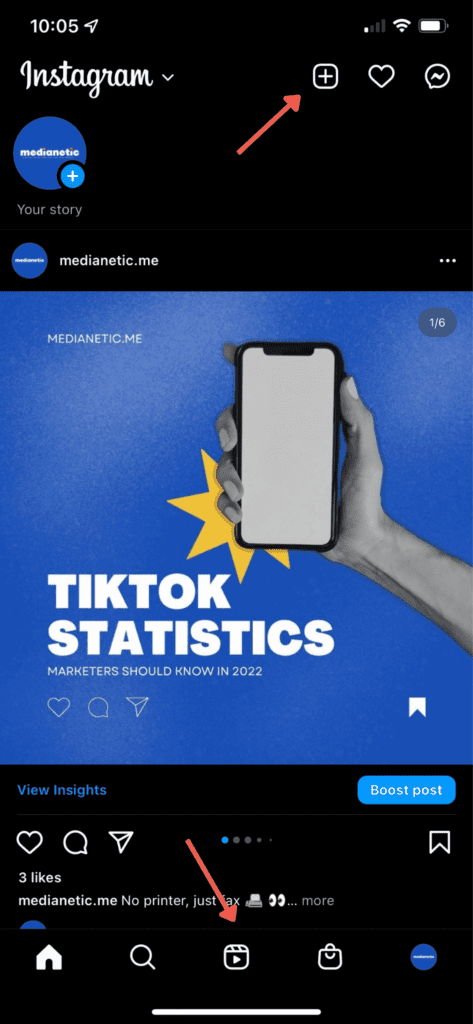

Home Screen
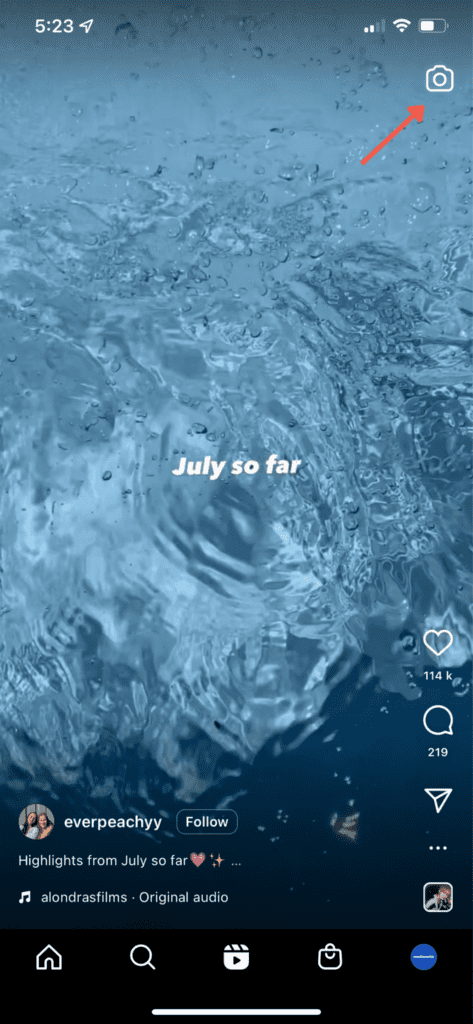

Reels tab
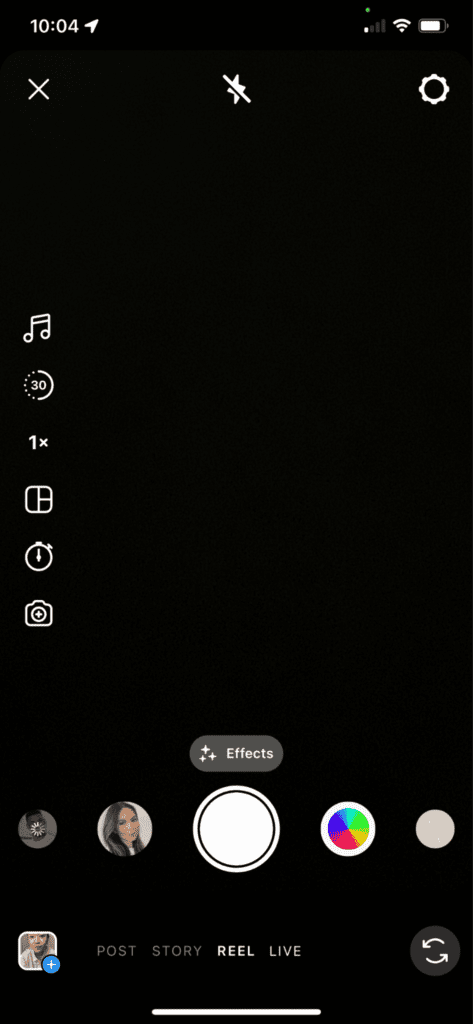

Instagram Stories camera
2. Encourage interactions with engaging captions, Instagram Stickers and CTAs
If you’re looking to grow your audience engagement, you’re in luck. You can do just that with the help of engaging captions, Instagram Stickers, and strong call-to-actions (CTAs).
How to use Instagram Stickers
Stickers are fun and interactive, which are the best tactic to use to drive engagement with your followers. You can add the poll, emoji slider, or question stickers to invite your audience to join in to the conversation. Plus, now you can use them in your Stories and Reels!
- Poll: Throw your audience a poll to invite them to add their two cents.
- Quiz: Have you got a fun trivia question? Use this sticker to test your audience or teach them something new.
- Emoji slider: Let them participate in rating your content with a sticker like the heart-eye emoji for added effects.
These stickers spark conversations, bring your community together, invite direct feedback, and help inspire your future reels content.
On a separate note, engaging captions and CTAs are also powerful ways to drive engagement and interaction with your posts. This could be as simple as asking them to share their thoughts in the comments, click the link in your bio, or save the post if they found it helpful.
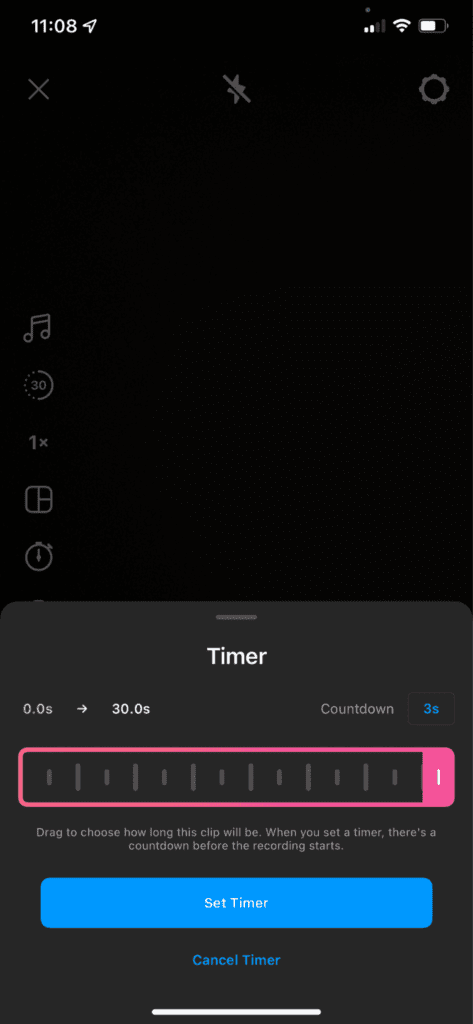

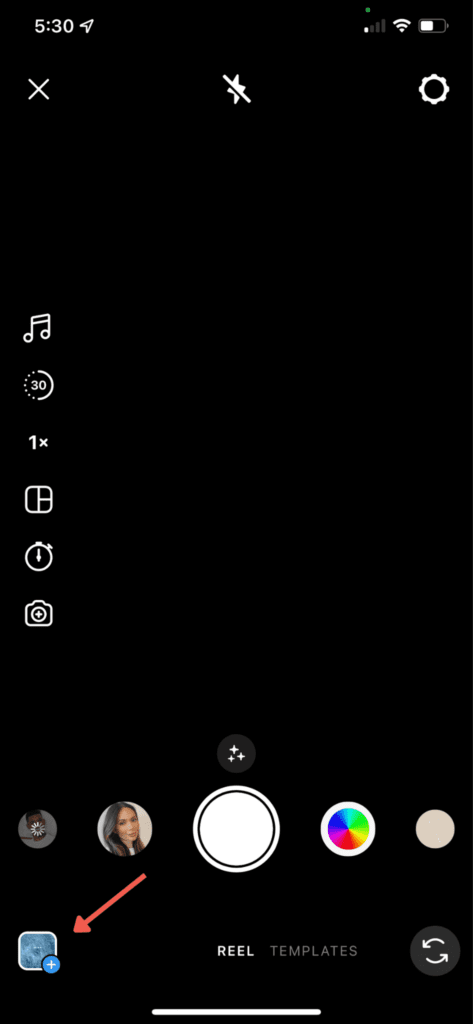

3. Add relevant hashtags and keywords to your posts
Since we’re on the topic of growing your engagement and reach, hashtags and keywords are important when you’re trying to “hack” the Instagram algorithm. Remember how we mentioned that search results are matched by text? By adding the relevant keywords to your posts, profile, and captions, you’ll increase the likelihood of Instagram sharing your content to other interested users. Plus, wouldn’t it be better for your content to reach the right audience who will most likely engage with your content?
4. Cross promote your Instagram content
These days, there are so many parts to Instagram: Stories, Feed, Live, and Reels. If you’re looking to boost your content to wider audiences, sharing it across the platform is a great way to start! For example, you can share Reels to your Feed (which is a standard practice we highly recommend) or leverage Instagram Collabs with other creators whom you share authorship with.
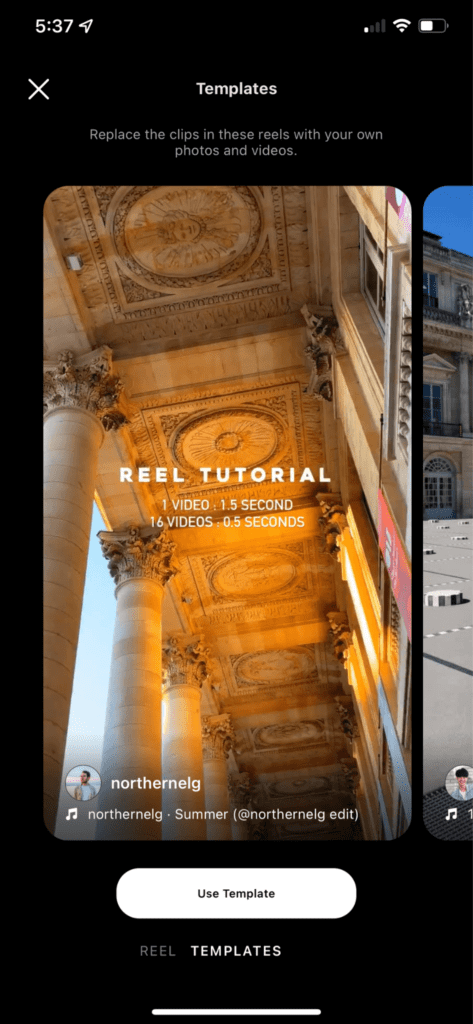

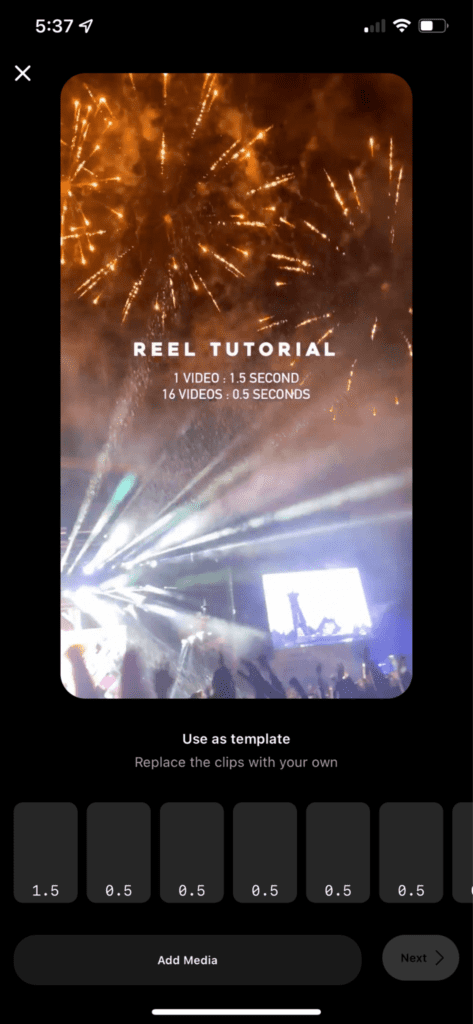

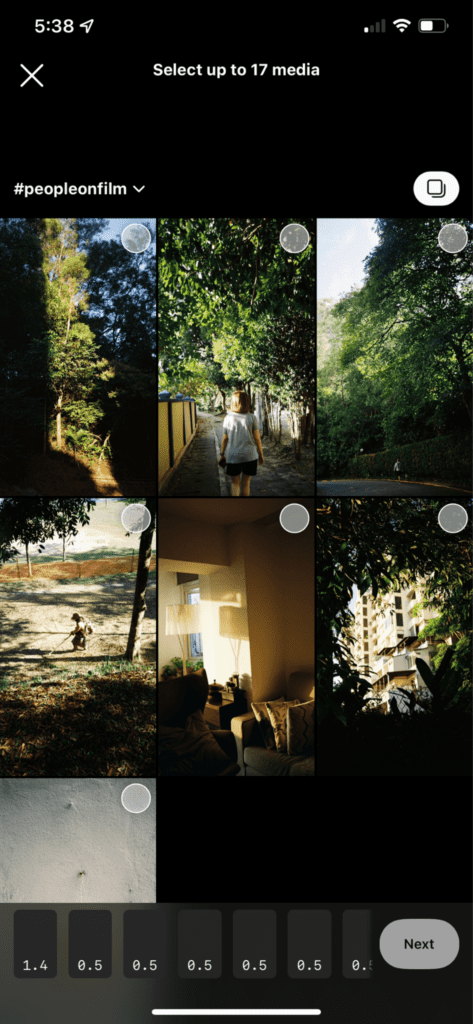

5. Use Instagram analytics to see what’s working
Last but not least, track your efforts with the built-in analytics. From there you can monitor your high performing posts, content type, engagement metrics, and ultimately what’s working for your brand.
By understanding your analytics, you’ll be able to fine tune your marketing plan and target your audience more effectively.
Wrap it up: start creating your Instagram Reels today
The Instagram algorithm takes in information from its users to improve their experience. It’s constantly evolving to get better at suggesting content that users might actually be interested in. So if you’re looking to get ahead with the algorithm, keep in mind to post engaging content that encourages interactions with your community.
If you found this article useful, subscribe to our newsletter and stay tuned for our other content!
Are you looking to create effective and fun Instagram Reels content that drives leads, engagement, and results? We’re here to help. Get in touch with us at hello@medianetic.me, or drop us a message via our chatbot below! We’ve worked with many different industries like associations, banks, FMCG, and more. We look forward to implementing our expertise to help you succeed.
